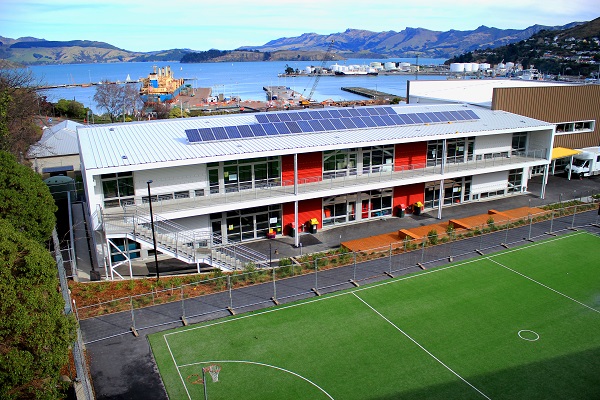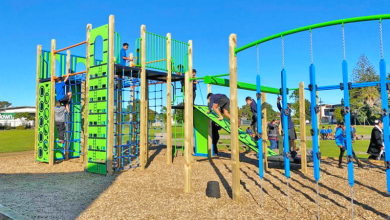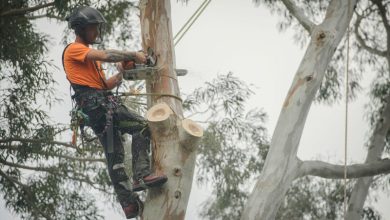Harnessing solar power to wipe out electricity bills

All schools are on the look out for ways to make the funding stretch and one way that is becoming increasingly viable is a switch to solar power.
While electricity costs continue to rise, the price of installing solar panels has fallen dramatically during the past few years making it a worthwhile consideration for most schools.
The price for grid connect solar power system is now less than a quarter of what it was seven years ago, says Kristy Hoare of My Solar Quotes. “Because of the drop in solar power prices, systems are more affordable for New Zealanders and it can be thought of as a really good investment. A standard 3kW system size seven years ago cost $40,000, now it averages at around $10,000 to $13,000, completely installed.
What this means for schools is that they can install bigger arrays of 4kW and upwards rather than the 2kW of the past to which most were limited.
Solar panels are being installed in most new builds with some sporting huge arrays of 15kW and 20kW, such as Rāwhiti and West Rolleston Schools in Christchurch.
The Ministry of Education (MoE) says it is working with a number of schools on energy-saving programmes to explore new ways of reducing energy use. “The results of these programmes will help to indicate what the best ways are to help schools to save money on their energy bills,” says Kim Shannon for the ministry.
He cites Pegasus Bay School in Canterbury as a model school, built in 2014 with its own solar-power energy system. “We will be monitoring its energy usage to see whether any ideas can be applied elsewhere.”
For schools wanting to install solar panels, the MoE recommends obtaining expert advice on whether solar panels are the best option for them to increase their energy efficiency. “We also recommend that they ensure that installation and inspections are undertaken by qualified specialists. Energy auditors can analyse energy use throughout a school and recommend improvements and offer advice on their cost-effectiveness and likely payback period.”
Maungaraki School, a full primary in Lower Hutt, made the switch to solar panels in 2015 and principal Lisa Cavanagh says the school is now saving $5,000 each year.
“[The saving] goes right back into children and their learning,” she says. “For us, that means putting the money toward digital devices and creating innovative learning environments.”
The panels originally cost around $25,000, and have a life expectancy of at least 30 years.
The MoE provides funding to help boards of trustees with power, fuel and water costs, as well as advice on energy efficiency to help keep costs down. If the school uses less energy than it is funded for, it can keep the difference for use elsewhere in the school.
For Maungaraki School, this means that in winter, the panels save the school up to a third of its power bill, and in summer it can be up to half.
Ms Cavanagh says another advantage of having the solar panels is that the students are learning from it, and they tell their families about it.
“It’s contributing to discussion amongst families and communities,” she says. “At the very least it’s raising awareness of alternative forms of energy.”
How does solar power work?
Sunlight or solar radiation changes direct current into alternating current and that is the power that we use – we call it electricity.
Photovoltaic panels are typically guaranteed to generate power for 25 years although in general they last 30 to 40 years. After that they can be recycled. There is a gradual decline in the panel output over time but most are guaranteed not to decline by more than 20 per cent of their original value after 25 years.
Most installations are grid-tied and do not have battery storage. This will change in the future as the cost of batteries is falling rapidly.
How to sell power back to energy companies
If your solar power system is generating more than you are using, it goes back down the power lines through the “import/export” meter that your power supplier has installed and this is registered by your meter as an export of power.
If you need more power than you are generating at the time, the reduced amount that you need comes down the lines from the power company and is registered by your meter as an import of power.
Your power company will credit you for exported power and debit you for imported power.
At night, when the solar panels are not producing electricity, the electricity comes to you from the grid. If you export enough power during the day, it could balance or exceed the amount you draw from the grid at night.









